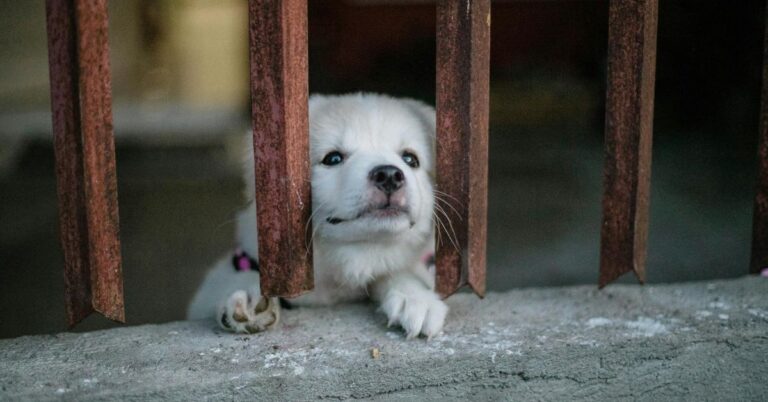15 Best Puppy Training Tips for a Well-Behaved Dog
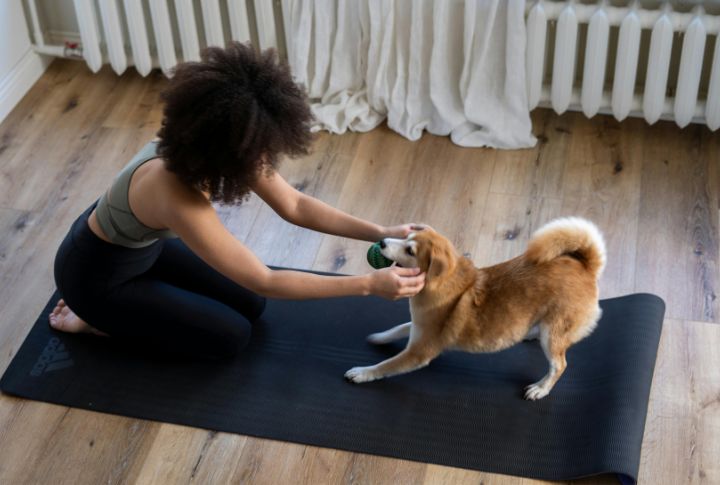
Raising a puppy into a well-behaved adult dog is a rewarding experience, but it can be overwhelming. Every dog owner dreams of having a relaxed companion who enjoys life without stress. The good news? With the right approach, you can set the stage for a dog that’s a joy to be around.
Start Training Early for Best Results
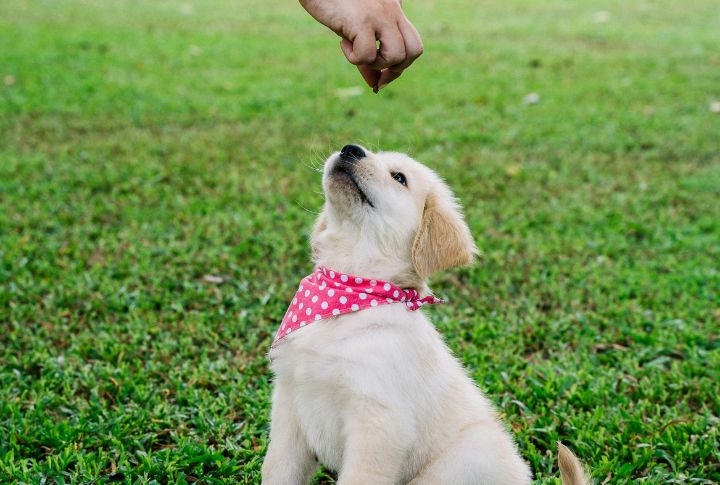
It is easier to establish good habits if you start training them earlier. Puppies are like sponges, absorbing everything around them. The American Veterinary Society of Animal Behavior says that starting as early as 7-8 weeks helps set clear boundaries and reduces behavior problems later.
Use Positive Reinforcement, Not Punishment
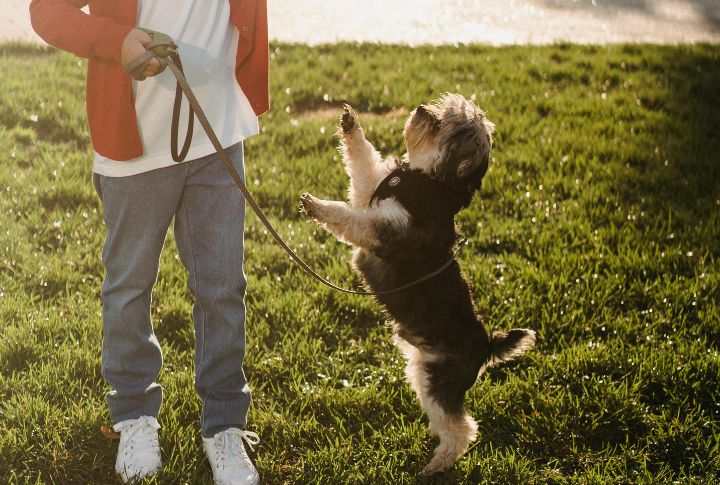
Dogs respond best to positive reinforcement—think treats, praise, and affection. Research from the Journal of Veterinary Behavior found that reward-based training creates stronger bonds and reduces anxiety in dogs. Punishing your puppy can lead to fear or aggression. Instead, celebrate their good behavior with encouragement.
Socialize with Other Dogs and People
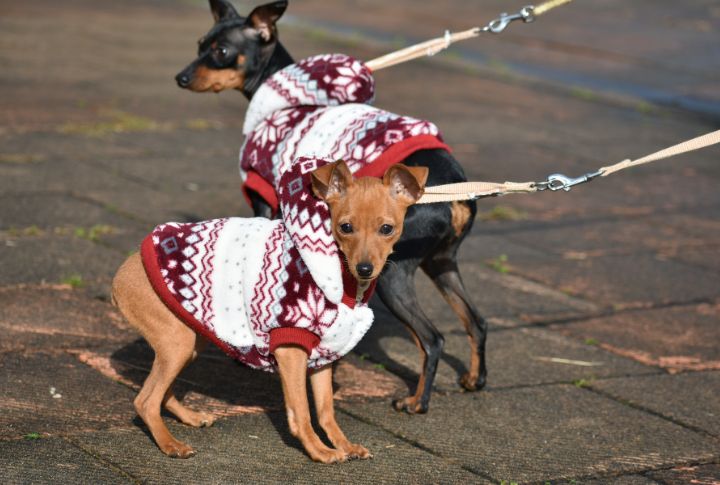
Ensure your puppy gets in contact with various people, other animals, and places. The more positive experiences they have early on, the more relaxed they’ll be in new situations. The American Kennel Club suggests organizing “puppy playdates” to encourage positive social interactions, which helps reduce fear-based reactions and builds a confident, calm adult dog.
Create a Consistent Routine
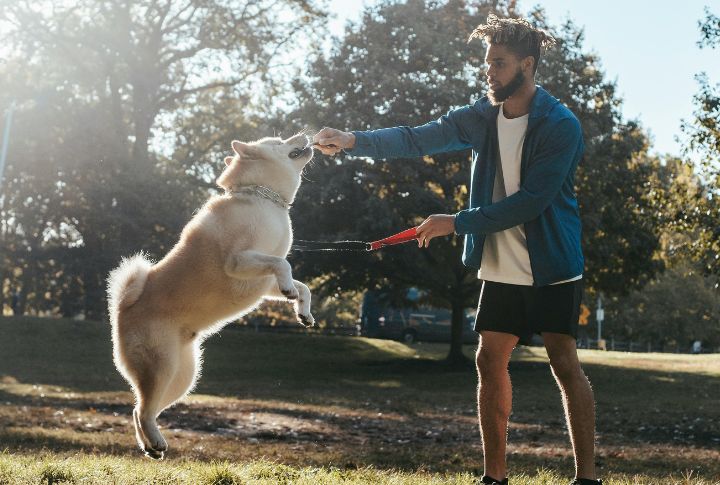
Your puppy needs consistency to feel secure. Stick to a schedule for feeding, potty breaks, and playtime, as dogs thrive on routine. According to Dr. Mary Burch, a certified applied animal behaviorist, predictable schedules help reduce stress and anxiety to make your puppy more relaxed and easier to manage.
Teach Them to Self-Soothe
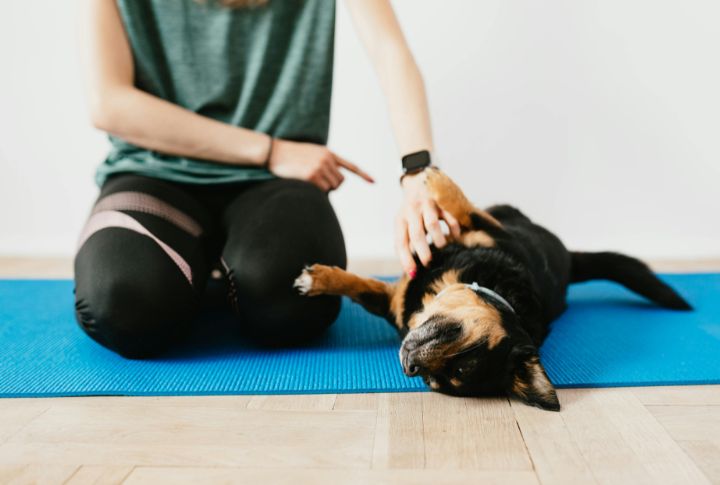
A mellow dog knows how to calm themselves down. Start by teaching your puppy to relax on their own. Crate training is an effective method, as it gives them a safe space to retreat when things get overwhelming. Offer treats or toys when they’re calm in their crate, encouraging them to chill out and unwind.
Play Brain Games to Tire Them Out
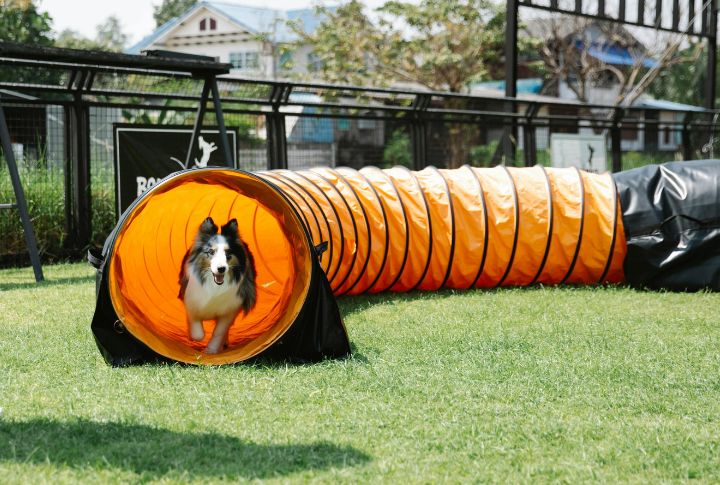
Cognitive stimulation is on the same level of importance as physical exercise. Puzzle toys, interactive games, and obedience training challenge your puppy’s mind and tire them out. Based on Stanley Coren, a psychology professor and dog intelligence expert, mentally stimulated dogs are less likely to develop anxiety or destructive behaviors.
Use Short, Fun Training Sessions
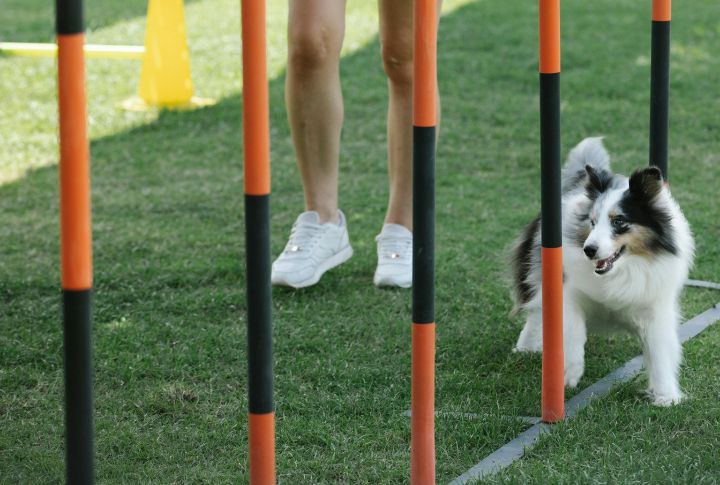
Make sure your training sessions are fun and brief to prevent your puppies from being distracted. Aim for 5-10 minutes at a time and mix up commands to keep things interesting. This helps your puppy stay engaged without getting overwhelmed or frustrated to pave the way for a more mellow adult dog who enjoys learning.
Stay Calm—Your Puppy Will Mirror Your Energy
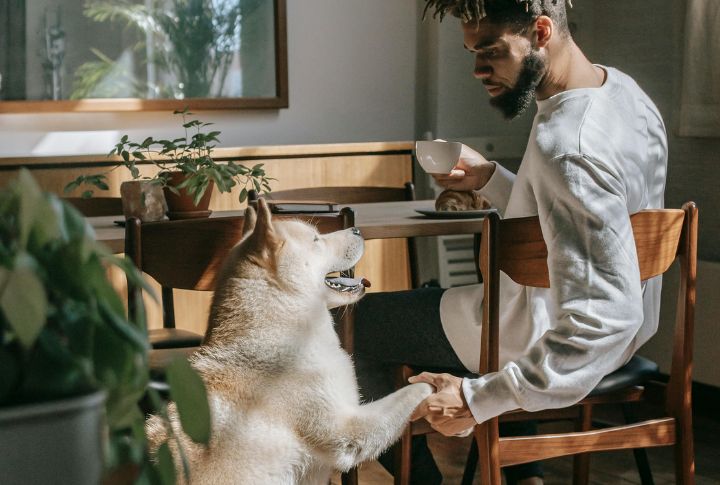
Dogs are incredibly sensitive to their owner’s emotions. If you’re stressed or anxious, your puppy will likely pick up on that energy. The best way to raise a calm dog is to stay relaxed. As Cesar Millan, the “Dog Whisperer,” often advises, calm energy leads to calm behavior in dogs.
Provide Plenty of Exercise
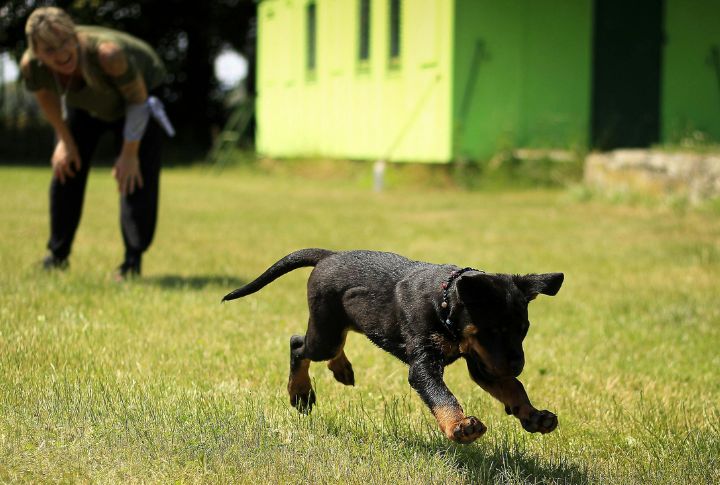
A tired puppy is a happy puppy! Physical activity helps avoid destructive behavior since it burns off excess energy and reduces boredom. Experts often recommend a minimum of 30 minutes of exercise each day to help your dog stay balanced and calm at home.
Expose Them to New Sounds and Sights Early
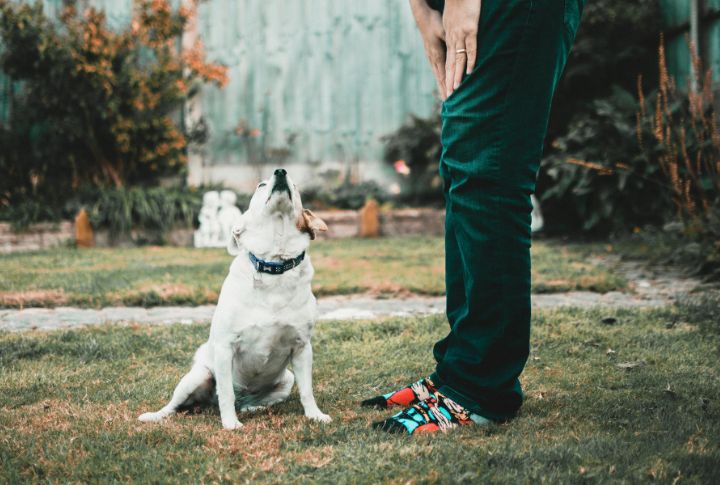
Gradually introducing your puppy to new sounds, like vacuum cleaners or city traffic, helps them develop resilience. Based on a study from Tufts University, early exposure to different environments reduces the risk of fearfulness later in life. The goal is to normalize everyday experiences so your dog grows up calm and unbothered by their surroundings.
Teach Basic Commands to Boost Confidence
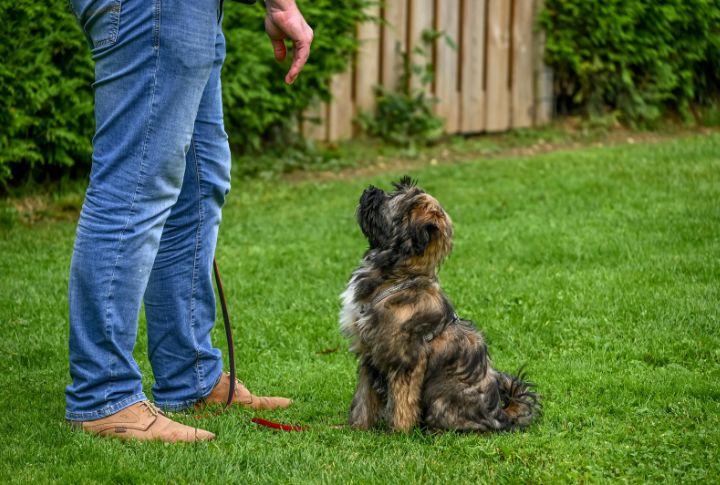
Simple commands like “sit,” “stay,” and “come” don’t just improve obedience; they also build your dog’s confidence. When your puppy knows what to expect and how to behave, they’re more relaxed. Karen Pryor, a pioneer in clicker training, says that mastering commands helps reduce anxiety in dogs.
Practice Controlled Separation
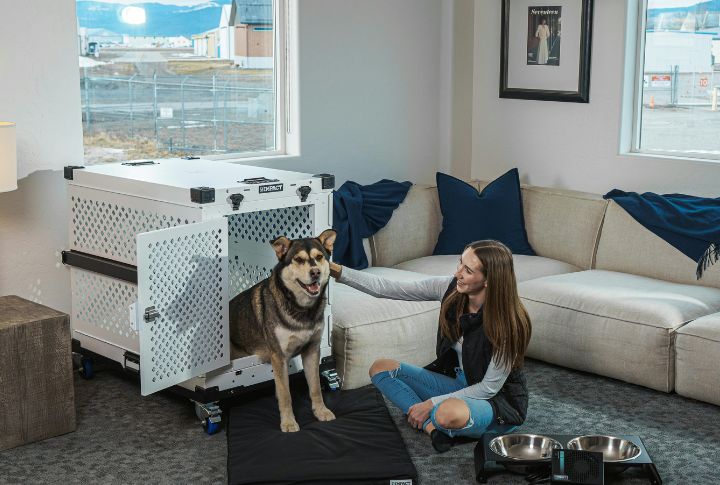
To prevent separation anxiety, start by leaving your puppy alone for short periods. Gradually increase the time they spend alone, so they get used to being independent. According to the ASPCA, this method reduces the chances of anxiety-driven behaviors and renders your dog calmer when left alone as they grow up.
Encourage Gentle Play
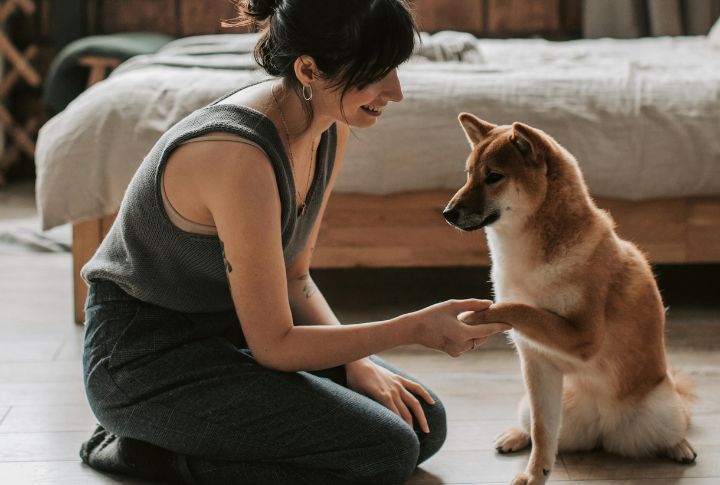
Puppies love to play, but teaching them to be gentle helps prevent aggressive behavior. Avoid roughhousing or allowing play to get too wild. Positive play teaches bite inhibition and promotes calm interactions with other dogs and people. This way, your puppy learns to play without getting overly excited or aggressive.
Use Calm, Soothing Tones When Giving Commands
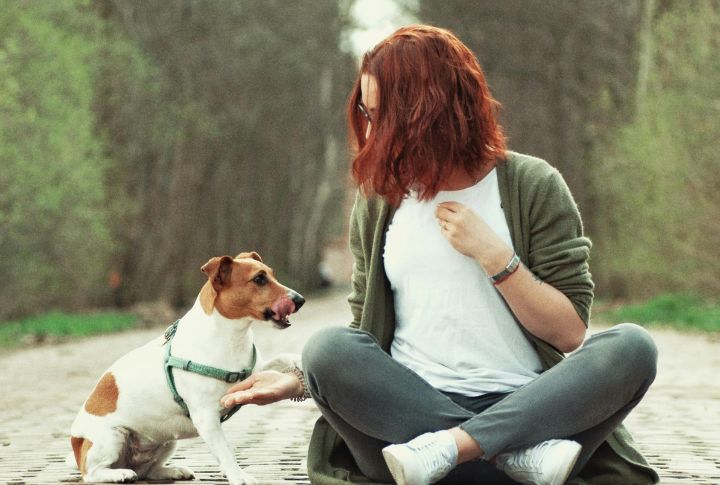
Your voice tone matters. Puppies respond better to calm, soft tones compared to loud or harsh commands. A 2019 study from the University of Porto in Portugal found that dogs trained with positive, calm verbal cues were more relaxed and less stressed. Keep your voice soft and encouraging, which helps reinforce calm behavior.
Reward Quiet and Calm Behavior
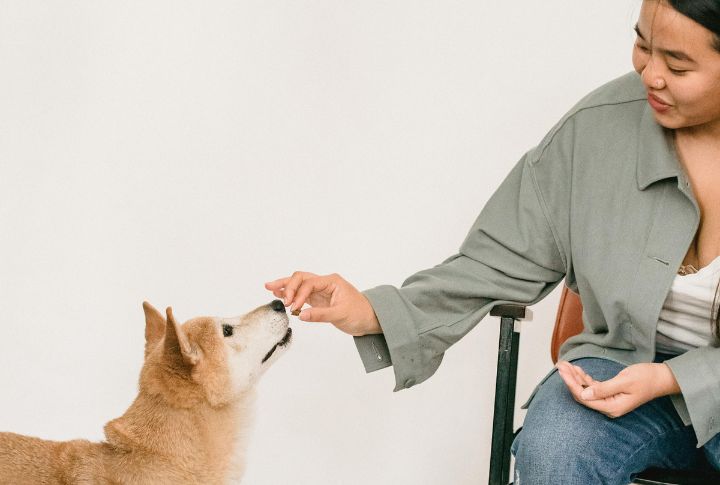
Many dog owners unknowingly reinforce hyperactivity by giving attention when their puppy is acting out. Instead, reward your pup when they’re quiet and relaxed. Give them treats or affection when they’re calmly lounging or lying down. This positive reinforcement helps them associate calm behavior with rewards.



